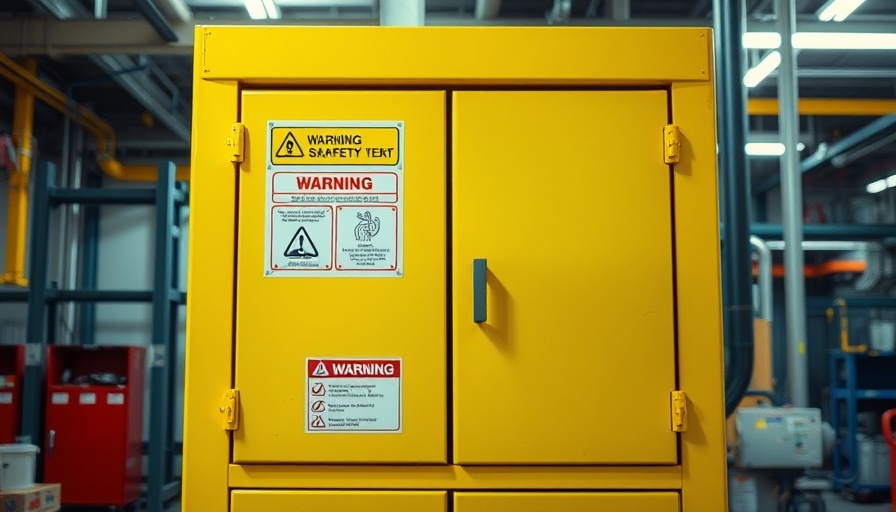
Understanding the Fire Risks of Lithium Batteries
Lithium batteries are ubiquitous today, powering everything from laptops to electric bicycles. However, they pose a significant fire risk that many are unaware of. Recent incidents, like a sudden blaze in a bike shop caused by a faulty lithium battery, underscore this danger. When a battery suffers internal damage, it can lead to overheating and potentially catch fire, especially during charging. This cascade effect can cause flames to spread rapidly, outpacing the response time of most individuals.
Proven Solutions to Mitigate Battery Fire Risks
Fortunately, there are practical solutions available to prevent these fires and manage them effectively if they occur. In light of recent events, safety experts emphasize three key strategies companies and individuals can implement to safeguard against these threats.
Solution 1: Fire Blankets for Lithium Batteries
One of the simplest yet most effective protective measures is the use of a battery fire blanket. Developed for electric vehicles, these blankets are designed to extinguish lithium battery fires by covering the flames. Experts from Vandeputte Safety Experts reveal that while the blanket limits fire spread and reduces toxic smoke exposure, it won’t extinguish the battery itself completely. Instead, it contains the damage until firefighters can address the situation safely.
Solution 2: Special Charging Bags
Another effective preventive tool is a specific battery charging bag designed to contain fires safely. When batteries are removed from devices like electric bikes for charging, placing them in these fire-resistant bags minimizes the risk of flames escaping should an overheating event occur. These bags are critical for workers transporting and charging batteries in the field, as they provide a safe container for unexpected failures.
Solution 3: Dedicated Battery Storage Cabinets
For optimal safety, organizations are encouraged to invest in safe battery storage cabinets. These cabinets often come with multiple charging ports and are designed to contain fires within their walls. Equipped with smoke and temperature detection systems, they provide an extra layer of safety for various battery types used in tools and electric vehicles. By containing fire hazards, these cabinets significantly reduce risk in workplaces that handle multiple batteries daily.
Future Trends in Battery Technology and Safety
As industries increasingly adopt lithium batteries, the need for effective safety measures will only grow. Innovations in battery design and safety equipment are critical in addressing these challenges. We can expect enhancements in both battery technology—focused on reducing risks—and in safety protocols to mitigate potential hazards.
Raising Awareness and Building a Safety Culture
Understanding the risks associated with lithium batteries is crucial for both employers and employees. Training and awareness campaigns about these dangers can help create a culture of safety within any organization. By prioritizing education on best practices and emergency response, workplaces can better prepare for potential issues, further protecting their workforce.
As lithium batteries continue to dominate the market, taking steps to understand and mitigate fire risks is essential. By integrating these solutions into daily operations, organizations not only protect their premises but also safeguard the wellbeing of their employees.
 Rij toevoegen
Rij toevoegen






 Rij toevoegen
Rij toevoegen



Write A Comment